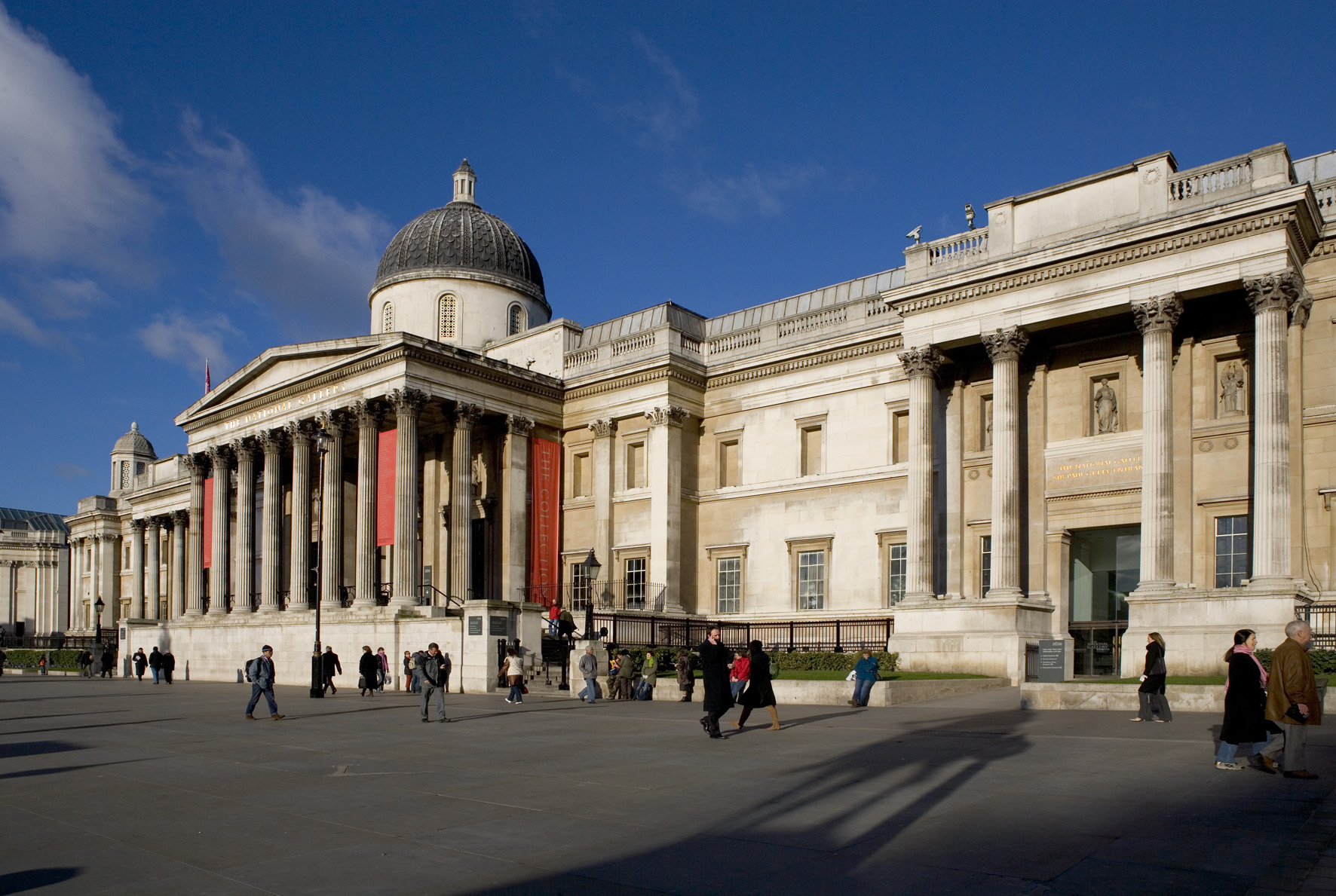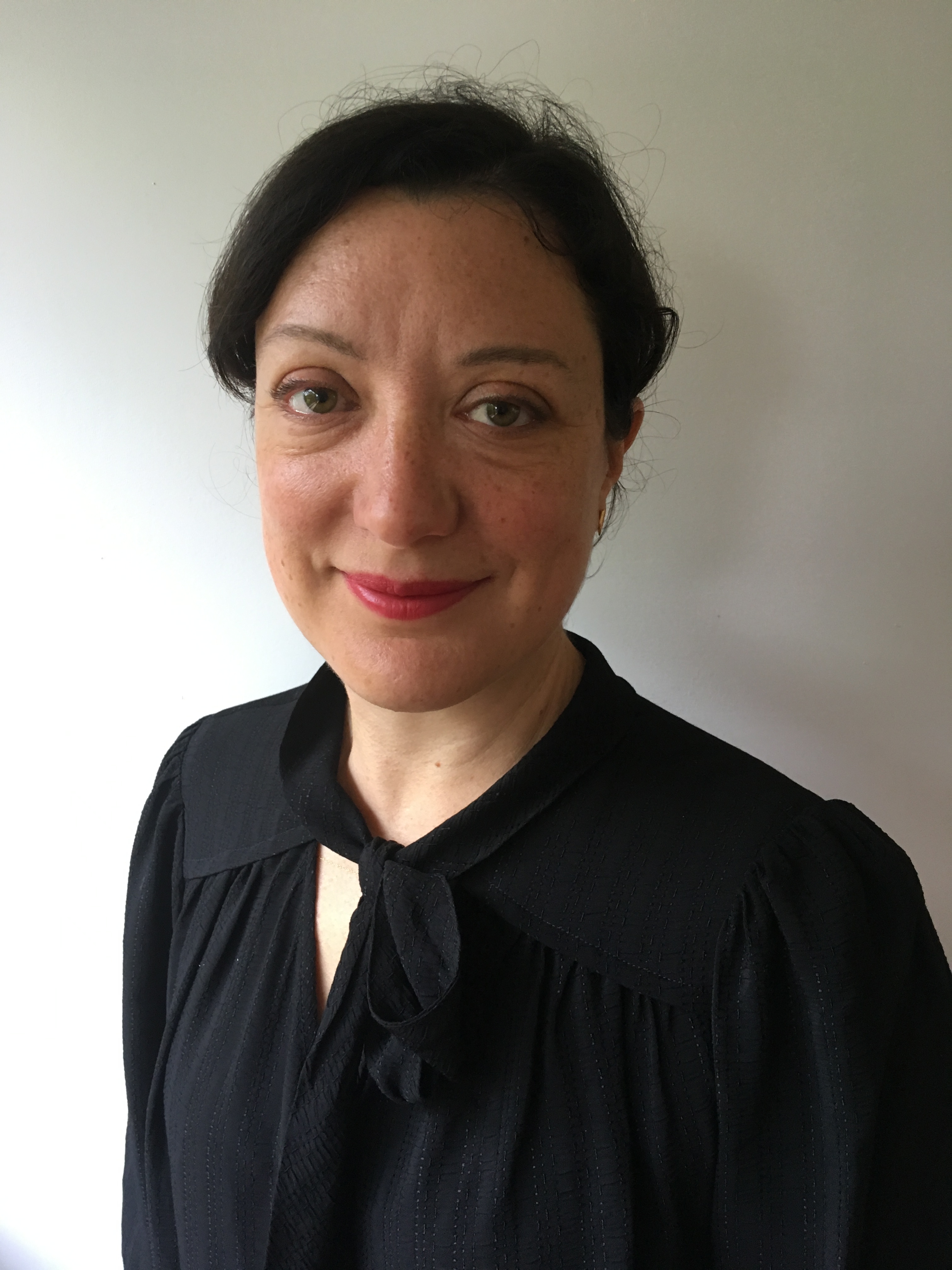“It's problem solving, isn't it?” – Directing the National Gallery’s bicentennial capital works programme

Sarah Younger has spent her career leading big capital projects in the culture sector, including at the Tate galleries and the Royal Opera House. Now, she is Project Director of NG200, the National Gallery’s suite of capital projects that mark its bicentenary.
Younger is trained in design management, but her architectural influences started early – she’s the daughter of renowned architects Michael and Patty Hopkins, growing up in their iconic ‘glass box house’ in London.
Her career directing cultural projects started at the Tate Modern 18 months before its opening, when she was given a budget of £5m to furnish and fit out the building. Expecting 900,000 visitors in its first year, the gallery ended up welcoming around five million.
After Tate Modern, Younger travelled with her husband’s work (he’s the former head of MI6) and ended up working on enormous trade shows and a museum in Dubai. Returning to the UK, she worked on capital projects at Tate Britain and Tate St Ives. She then led the Royal Opera House’s Open Up project, where she worked over five years to deliver the project, before taking on NG200.
Visitors want more than pictures on the wall
Since the National Gallery’s Sainsbury Wing opened in 1991, visitor numbers have doubled to six million a year. The NG200 capital project is focused on improving the visitor experience.
“The way visitors interact with institutions has changed pretty dramatically,” Younger says. “At the National Gallery, we want people to feel that they can come in, have a coffee, buy a book, ideally go and see a picture, but maybe not even do that.”
Raising revenues is also a motivating factor for NG200. The drop in government subsidies to cultural institutions means the shortfall must be plugged by visitor food and drink sales, tours, events, corporate hires and lectures.
Turning a vision into workable projects
It’s Younger’s role to translate the gallery’s vision for NG200 into a workable project process. The suite of projects includes the improvement of the gallery’s physical entrance and wayfinding around the building so that visitors can move seamlessly between the Sainsbury Wing and the original Wilkins Building, which currently only has one physical connection.
A second, underground, link will be created to better connect the two buildings. Plans are also being laid for the creation of a supporter’s house, an improved learning centre and a new research centre.
“It’s about putting the bits of the jigsaw together,” says Younger.
She describes herself as a “puppeteer”, bringing together a design team, cost consultants and external project managers, who are focused on process.
“I do much more around comms, advocacy, managing trustees, governance,” says Younger. “I’m making sure we get the right decisions at the right time.” Divided into two phases, the total project budget is £95m.
“Be incredibly honest about everything…”
Managing relationships successfully is a critical part of her role.
“I have two pieces of advice. One is getting the right people in post in the first place and giving them the space to get on with it. The second is that if you’ve got the wrong person in post, because that does happen, get moving. There are so many times I’ve kicked myself for not acting sooner. Really work at getting that kind of chemistry right from the outset.”
Another important project management lesson she has learnt “is to be incredibly honest about everything. When I'm managing upwards, I always try to be very straightforward about what is going on, and what's working and what isn't. It's not up to them to solve my problems, but they need to understand.”
She meets fortnightly with the chair of the trustees.
“I tell him what's in the back of my notebook; I tell him the things that are worrying me. I'm not expecting him to have solved those for me, but he quite often has wise words and useful insights. [Gallery Director] Gabriele Finaldi is the same. You get this no-blame culture if you surface problems as early as possible while giving them the confidence that you're solving those problems.”
Unique art challenges
Finally, what does she enjoy about working on cultural projects?
“It’s the environment one’s in. You become part of that institution. You’re a part of that culture and you live the highs and lows of the cultural institution,” she reflects.
This includes living with the everyday challenges unique to a gallery construction project.
“Vibration against pictures is our core problem here. If you've got a Leonardo da Vinci cartoon, if it vibrates, it will be damaged,” she explains.
“It's not so much it being in a cultural institution, it's being in an operating building… Those constraints become interesting. It's problem solving, isn't it?”
As, surely, is all project management…
Find out more about NG200 here
For more on projects in the culture and heritage sector, listen to APM Podcast’s miniseries with the National Trust


0 comments
Log in to post a comment, or create an account if you don't have one already.